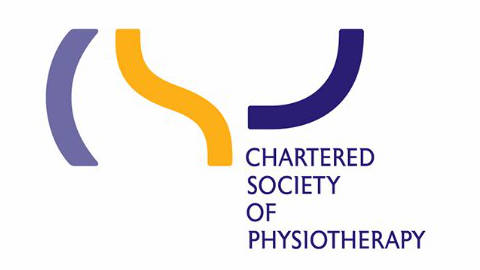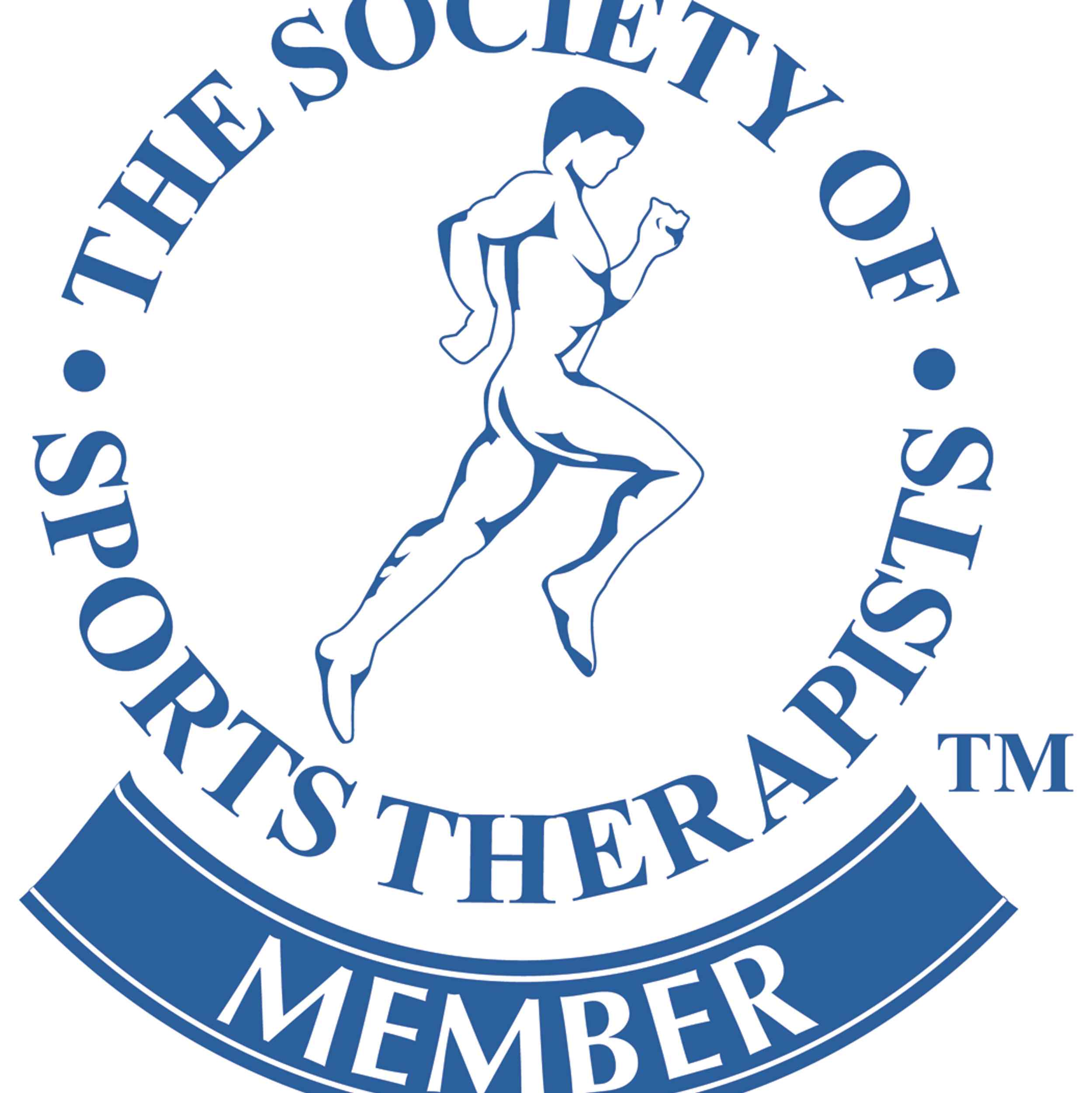Plantar-fasciitis : What is it and how can we help?
Plantar fasciitis or plantar fasciopathy is a common cause of persistent heel pain that affects more than 1 million people in the UK each year. Many patients report that Plantar fasciitis will usually get better by itself within 6 to 12 months with the correct advice. But this condition can become more chronic and increasingly more painful. This blog will provide insight into how to manage, improve, and eradicate your foot pain.
What is Plantar Fasciitis?
The plantar fascia is a tendon based thick band of tissue that runs along the sole of your foot (the fascia). It starts in the heel, runs along the arch and fans out to connect with the base of each toe. It stabilises your foot when you’re walking and acts as a shock absorber. When irritated, it may cause pain in your heel, and sometimes in the arch of your foot.
Plantar fasciitis is most common in people between the ages of 40 and 60. Around one in three people who get it have it in both feet.
Causes of Plantar Fasciitis
You can get plantar fasciitis if there is too much pressure on the band of tissue that runs along the sole of your foot. The following factors can increase your risk.
- Being overweight
- Having high arches in your feet or being flat-footed.
- Performing regular high-impact activities such as running, jumping or dancing , or a sudden increase in activity levels
- Running or standing for long periods.
- Footwear that inhibits normal motion at the foot and ankle .
- Pregnancy – hormones associated with your pregnancy can cause your ligaments to relax. Along with the temporary weight gain, this can lead to plantar fasciitis.
Symptoms of Plantar Fasciitis
The main symptom of plantar fasciitis is pain in your heel or sometimes in the arch of your foot.
Pain is often worse in the AM when you first stand up and start walking after you’ve been in bed or sitting for a long time.
Being on your feet all day, walking, standing or running for a long time, can also bring on the pain.
The pain may be sharp at first and gradually lessens as you start to move around.
You may be able to manage your symptoms yourself by temporarily reducing the exposure of the above aggravating activities to allow your tendon to settle and then gradually reintroducing the above activities to allow the tendon to adapt, strengthen and get used to the load.
Diagnosis of Plantar Fasciitis
Here at the treatment room our physiotherapist will usually be able to diagnose plantar fasciitis by asking about symptoms and examining your foot. They will ask about your general health and activity, and when your symptoms usually come on.
To examine your foot, they will feel and press on different areas to see exactly where your pain is coming from. They may also ask you to walk on your toes or stand to see if this brings on any pain.
We can also perform a Diagnostic ultrasound to confirm the diagnosis and rule out other causes such as a bone spur or Neuroma that may be causing pain.
What Does the Evidence Say?
Unfortunately, there is not a large body of evidence supporting one treatment over another. This may be, in part, because many of the studies evaluating treatments in plantar fasciitis often lack an underlying explanation that explains the development and progression of Plantar Fasciitis.
A true diagnosis of Plantar fascia supported by MRI and or Diagnostic Ultrasound may show a tearing and or thickening of the plantar fascia tendon . Tendons are strong connective tissues but when exposed to abnormally high loads the threshold for healthy remodelling an healing of the plantar fascia is exceeded. As a result Microdamage to the plantar fascia accumulates and if this continues, degenerative change occur with infiltration of blood vessels and nerves within the tendon through a process called Neovascularisation.
How We Can Help ?
If you follow the self-help tips below, you are likely recover completely within a year. But it can take at least six to eight weeks until you start to see an improvement in your symptoms.
Avoid standing or walking for long periods, and cut down or stop any activity that triggers your pain.
If you’re a runner, try switching to a lower-impact exercise (such as swimming or cycling) while your foot heals. You can also see if running on a softer surface helps.
Make sure you’re wearing shoes with good support – laced sports shoes are a good option. Personally I advocate brooks, hoka and asics trainers. If you can bend a shoe in half it has very poor support and therefore may not be supporting the foot and ankle.
Use insoles and heel pads in your shoes to help provide support. A heel raise of 5mm has shown to be very effective to offload the painful plantar fascia. If it’s painful try not to walk barefoot at home. Many clients report crocs indoors to be helpful.
If you’re overweight, aim to lose the excess weight by making changes to your diet and keeping active. Activities such as swimming and cycling put less pressure on your feet.
Over-the-counter non-steroidal anti-inflammatory drugs (NSAIDS) such as ibuprofen can help with the pain. In chronic cases a course of Naproxen can be helpful.
Treatment of Plantar Fasciitis
With self-help and treatment, plantar fasciitis usually goes away completely. If it does come back, you need to start treatment and self-help measures again as soon as possible.
A graduated exercises Program has been identified in the literature as being the gold standard when treating Plantar fasicopathy.
After treating thousands of people with this condition I have identified the below exercises to be the most effective when treating this condition.
The Role of the Big Toe
The plantar fascia plays a very important and specific role in the Windlass Mechanism in the bottom of the foot. This mechanism helps add rigidity to the arch of the foot while plantar flexing and the big toe is pointed up. The purpose is to provide a stable foot while pushing off while walking or running
To increase the mobility and strength of the big toe flexors simply place a theraband over the toe and try to drive to toes down and hold for 5 seconds and slowly allow the toe to extend back to the top of the range. Perform 12-15 reps 3 times – twice a day.
Stabilise the Medial Arch
Increased Pronation requires the plantar fasica tendon to lengthen excessively and may place additional unwanted load on the tendon
Tibialis Posterior is a major stabiliser of the mid foot and Strengthening this muscle can aid in the control and prevent excessive overpronation
Simply place a band around the foot and keep the heel fixed, Allow the foot to rotate out as far as comfortable and pull the foot in and point the toes. Hold for 3 seconds and slowly allow the foot to return to the start.
Perform this exercises 12-15 repetitions , three times , twice a day.
Importance of Soleus
Along with other calf muscles the soleus is a powerful plantarflexor and has a major contribution in developing and absorbing forces when running, walking, dancing and hopping,
It is also a major postural muscle designed to stop the body from falling forwards at the ankle during stance.
To Strengthen this Muscle, in standing perform a bent knee calf raise and hold this for up to 20 seconds, rest for 10 sec and repeat another 2-3 times.
Repeat this exercise twice a day and increase the reps as the tendon adapts
Specialist Treatments
Here at the Treatment Room we are able to provide effective evidence based treatments clinically proven to help reduce pain and speed up your recovery
Shockwave Therapy
Shockwave therapy is a non-invasive treatment that stimulates the body’s natural healing process. It can relieve pain and promote healing of injured tendons, ligaments, and other soft tissues. It accomplishes this by releasing growth factors in the injured tissue and reduce neovascularisation.
The NICE (National Institute for Clinical Excellence) American College of Foot and Ankle Surgeons and the most recent Cochrane review has identified shockwave therapy as an effective form of treatment for plantar fasciitis and Treatment sessions are widely reported within the literature of between 3-5 sessions to have a significant impact on pain and function for patients that have had symptoms for greater than 6weeks
Laser Therapy
Medical Laser therapy is particularly helpful in the more acute, stages as it is a completely painless treatment with no side effects. We use laser to calm and reduce the irritation of the heel pain down to a point where we can introduce other treatment options such as strengthening exercises, foot orthoses etc.
Medical Laser therapy is a very safe treatment option if a tear is present in the plantar fascia. More consideration is required when considering Shockwave therapy and Cortisone injections as a treatment option for plantar heel pain if an intra-substance tear is present.
Graded Exposure Loading Program
Exercise is a key component of the rehabilitation programme to aid the return to function and activity. In order to achieve the best recovery our practitioners prescribe an individualised program to increasing the demand on the plantar fascia tendon, thus strengthening and allowing it to tolerate more force and load. Your therapist will also consider the role of the hip and knee in this program, thus ensuring normal biomechanics are restored.
What Not to Do !
Steroid injections
A steroid injection is often offered by your doctor with the aim to give you some short-term pain relief. However pain relief is always very short lived – the pain can return within a month. When not administered correctly a steroid injection can cause fat pad atrophy (a reduction in the heel cushion) that can increase pain long term.
There is also a increased chance of tendon rupture and tearing as the evidence has shown that steroid injections can weaken the tensile strength of the planta fascia.
Stretches for Plantar Fasciitis
Controversially even through stretching exercises are given to the majority of patients. I personally don’t advocate this till the very end stage in rehabilitation. Stretching a tendon that is irritated and may contain microtrauma can often worsen the condition and there is a large body evidence that stretching a thickened tendon can cause a increased compressive load on the tendon as it inserts into the heel bone. This increase compression may be a risk factor for the increasing degeneration of the painful tendon.
We hope you found this blog helpful If you’re suffering with heel pain please don’t hesitate to contact our team on 01633 479029 or book your appointment online with any of our practitioners in Newport, Cardiff or Penarth.
www.treatmentroomgroup.co.uk/book-appointment



